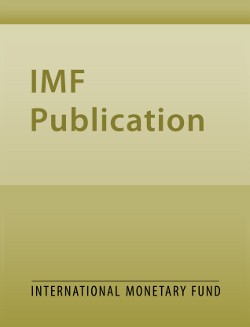
World Economic Outlook, October 2025: Chapter 3: Industrial Policy: Managing Trade-Offs to Promote Growth and Resilience
Chapter 3 shows that industrial policies can spur higher productivity in targeted sectors, but their effectiveness rests on careful policy design and implementation. Mistargeting can lead to inefficient outcomes and entail large fiscal outlays.
READ MORE...
Volume/Issue:
Volume 2025
Issue 002
Publication date: October 2025
ISBN: 9798229023948
$50.00
Add to Cart by clicking price of the language and format you'd like to purchase
Available Languages and Formats
| English |
Prices in red indicate formats that are not yet available but are forthcoming.
Topics covered in this book
This title contains information about the following subjects.
Click on a subject if you would like to see other titles with the same subjects.
Finance , Industries - Energy , Natural Resources , recipient firm , State aid , leveraged firm , EU government , increasing returns to scale , opportunity cost , firms in country , subsidized firm , unproductive firm , Energy sector , Total factor productivity , Emerging and frontier financial markets , Non-renewable resources , Global , Europe
Also of interest
Summary
Countries are increasingly using industrial policy to reshape their economies by supporting strategic sectors and firms. Motivations include boosting productivity, reducing reliance on imports—especially in energy—and enhancing resilience. Industrial policies can help jump-start domestic industries, but their efficacy is sensitive to sector-specific characteristics that can be hard to determine in advance. And industrial policies present trade-offs. Onshoring production in a strategic sector might lead to higher consumer prices for a prolonged period. And the fiscal cost of industrial policy can be substantial at a time of elevated debt and constrained public finances. Even when sector-level outcomes are positive, industrial policy can generate negative cross-sector spillovers and reduce overall productivity by drawing resources inefficiently away from sectors that are not targeted. Effective industrial policy requires careful targeting and implementation, strong institutions, complementary structural reforms and sound macroeconomic policy.
Copyright © 2010 - 2025
Powered by:
AIDC



